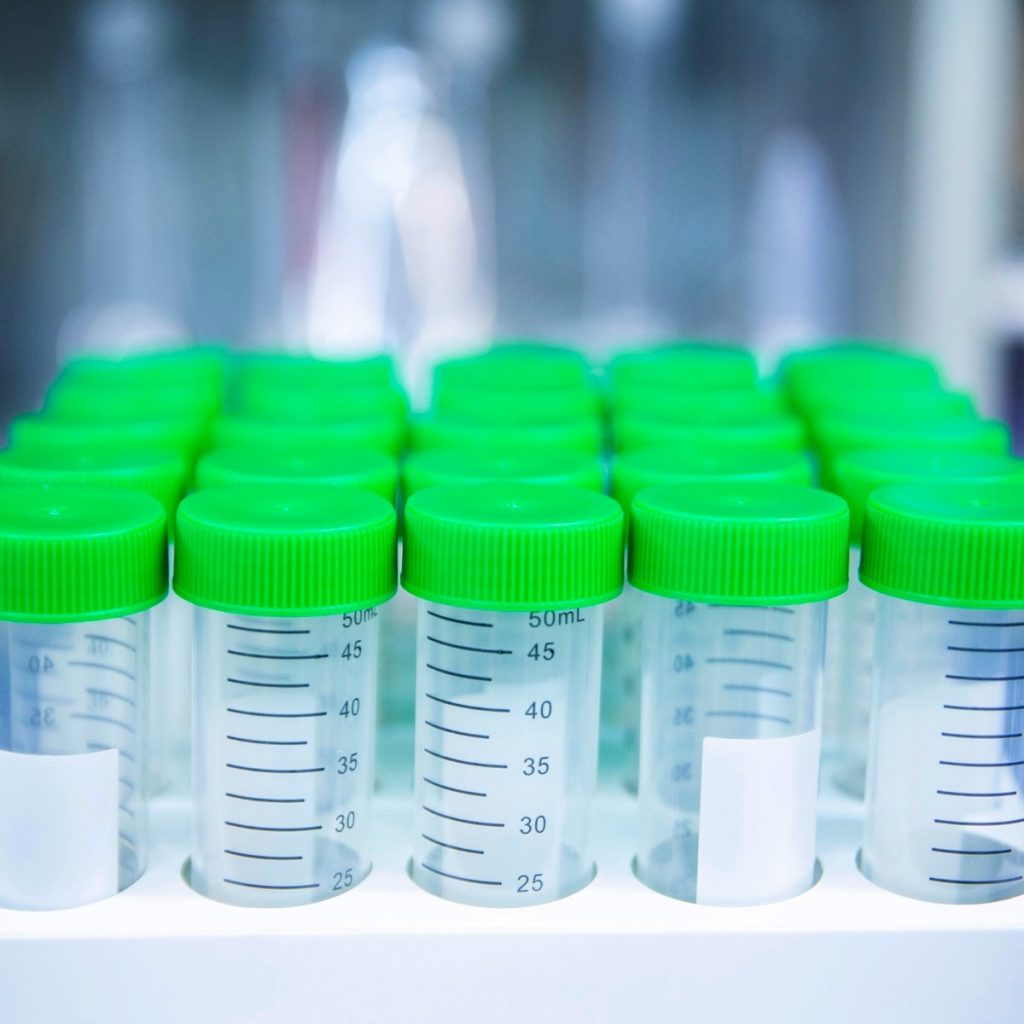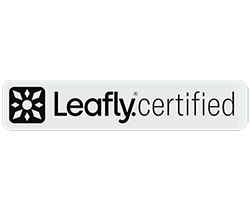 Modern Canna is proud to be the only certified Leafly partner in Florida. We only work with cannabis and hemp companies who take their respective industries seriously and who aim to build sustainable businesses. For hemp clients, the component of interest is almost always going to be cannabidiol (CBD).
Modern Canna is proud to be the only certified Leafly partner in Florida. We only work with cannabis and hemp companies who take their respective industries seriously and who aim to build sustainable businesses. For hemp clients, the component of interest is almost always going to be cannabidiol (CBD).
Before the 2018 Farm Bill was signed into law, it was illegal to grow or sell hemp in the United States. Historically, hemp plants — including the fibers and leaves – have been utilized to make clothing, carpets, ropes, building materials, oils, paper, and textiles. But recent legislation regarding hemp farming and sales has paved the way for massive growth in the CBD industry.
Hemp-derived CBD is now one of the most popular forms of medicinal cannabinoids on the market. CBD is the non-psychoactive component of marijuana and hemp and is renowned for its therapeutic properties. Studies suggest that CBD can alleviate pain, reduce stress, soothe anxiety, and relieve insomnia without getting you “high”.
Why You Must Review the Certificate of Analysis
Given the widespread popularity of hemp-derived CBD edibles, oils, and tinctures, and the lack of federal regulation on quality control, it’s difficult to know exactly what you are putting into your body. When it comes to CBD product composition, the responsibility to conduct research is ultimately left to the consumer. That means reading labels, being careful when purchasing products, and reviewing lab reports.
Hundreds of new companies — looking to cash in on the hemp craze – are churning out products with little regard to quality or safety. Some CBD tinctures are unlabeled, some are mislabeled, while others have been known to contain dangerous chemicals.

Product labeling alone is not always trustworthy, particularly when you’re purchasing from new sellers online. A lab report such as a hemp Certificate of Analysis (COA) helps to reveal the actual chemical make of CBD products. It lets consumers know that the contents advertised in the hemp extract have been tested and verified. Reliable CBD manufacturers will always provide lab verification, or COA’s, for their products.
Ingredient transparency is vital to those using hemp-derived CBD powders, liquids, gummies, patches, oils, and other products. A good Certificate of Analysis breaks down every chemical component and confirms the exact levels of cannabinoids, terpenes, microbial content, and contaminants such as pesticides and heavy metals.
Knowing how to read a hemp COA is highly critical when it comes to medicinal applications and side effects. A label might state a THC concentration of less than 0.3 percent, when in fact the content is much higher. Anything higher than .3 percent THC is legally considered marijuana and can produce intoxicating effects that many people cannot tolerate.
Reading a hemp certificate of analysis
In some states, you can find the COA by scanning a code on the product package with your smartphone. Otherwise, you can look it up on the company website.
Tips for reading a hemp COA:
- Make sure the COA was recently performed (a test date should be included)
- Ensure the COA was performed by a 3rd party hemp testing laboratory
- Be skeptical of CBD products that are tested “in-house” as this leaves room for bias
- Check that the COA for cannabinoid potency supports the label information
- Test results are typically shown in Milligrams (mg) of CBD per gram or per milliliter
- ‘ND’ is an abbreviation for ‘None Detected’
- “RPD” is an acronym for “relative percent difference” (the difference between two results)
- “MDL” is an acronym for “method detection limit (minimum measured concentration of a substance that can be reported with 99% confidence)”
- “PQL” is an acronym for “practical quantitation limit” (the lowest level at which the method can confidently discern between two different values)
- ‘LoQ’ is an abbreviation for “Limit of Quantitation” (the component cannot be reliably identified)
Other information contained within the COA
Cannabinoid profile
There are small amounts of naturally-occurring THC in hemp, but your CBD product should not have more than .3% THC on a dry weight basis. In addition to CBD and THC, you should also be aware of:
- CBC – known for its anti-bacterial, anti-inflammatory, and analgesic effects.
- CBG – purported to be a pain reliever, bone stimulant, and to have anti-parasitic properties.
- CBN – this cannabinoid helps with insomnia, seizures, and convulsions.
Terpene profile
Terpenes are the cannabis plant’s natural aromatic oils. These molecules are thought to amplify the therapeutic benefits of hemp’s individual components. Terpenes are typically listed on a COA as parts per million (PPM).
Microbial profile:
You want your CBD products to be free of yeast, molds, and other microbial contaminants such as E. coli or Salmonella. Look for a “pass” or “fail” on the COA next to microbial profile.
Pesticide profile
Many large-scale farmers use pesticides to keep crops healthy. No one wants to consume chemicals that are known carcinogens, so look for COAs that show a “pass” on all pesticides, meaning the plants were most likely cultivated using organic methods.
Residual solvents & heavy metals
The health of the soil can significantly impact the safety of hemp-derived CBD products. You should not be consuming high amounts of metals like arsenic, cadmium, mercury, or lead, yet these are often leached into the soil. The COA will also show residual solvents – agents like methanol and butane – that are used to make extracts. Make sure that the limits displayed in PPM are categorized at a “pass” level.
Florida’s premier hemp testing laboratory
Learning how to read a hemp COA can provide the knowledge necessary to make informed purchases. Modern Canna is ISO/IEC 17025 accredited and we are proud to offer comprehensive hemp testing from our state-of-the-art laboratories in central Florida.
Additional Resources:
- Fortuna Hemp, How To Read A Certificate Of Analysis (COA) For Hemp Seed https://www.fortunahemp.com/how-to-read-a-certificate-of-analysis-coa-for-hemp-seeds/
- Charlotte’s Web, Certificate Of Analysis https://www.charlottesweb.com/blog/certificate-of-analysis
- Medium.com, The Complete Guide to CBD COA (Certificate Of Analysis) https://medium.com/alphagreen/the-complete-guide-to-cbd-coa-certificate-of-analysis-d37cddd9b570
- US Senate Committee, 2018 Farm Bill https://www.agriculture.senate.gov/2018-farm-bill


